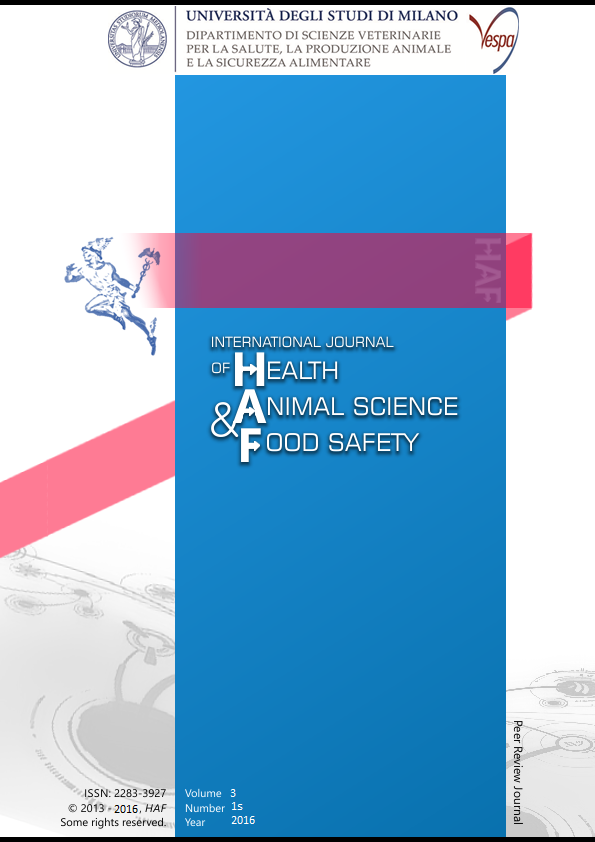Abstract
Epigenetic conversion overcomes the stability of a terminally differentiated cell, allowing phenotype
switch and providing an unlimited source of autologous cells of a different type. It is based on the
exposure to an epigenetic modifier that increases cell plasticity, followed by a differentiation protocol.
In our work we treat mammalian dermal fibroblasts with the demethylating agent 5-azacytidine. Cell
differentiation is directed toward the endocrine pancreatic lineage, with a sequential combination of
key growth factors. The overall duration of the process is 36 days (Pennarossa, 2013; Brevini, 2015; Brevini,
2015). However, this protocol, as well as all differentiation procedures described in the literature, uses
high and non-physiological concentrations of glucose. Here we report experiments aimed at
investigating whether the use of lower glucose concentrations, that more closely mimic the in vivo
physiological environment, can support fibroblast conversion into β-like cells. To do so, cells were
cultured as described above, but using lower and more physiological glucose levels, namely 5.5 and 8.5
mM that correspond to normoglycaemia before and after meals (International Diabetes Federation,
2007). Our results show that mammalian cells are not able to differentiate into insulin secreting cells in
a low glucose environment. In particular, cells do not aggregate into pancreatic islet structures and
display an altered gene expression pattern for several early pancreatic markers, when compared to the
standard trend obtained with 17.5 mM of glucose. These results suggest that high glucose levels are
essential for the achievement of the endocrine pancreatic differentiation process in mammalian cells
and appear to be crucial for functional efficiency and morphological organization.
Riferimenti bibliografici
Brevini, T.A.L., Pennarossa, G., Acocella, F., Brizzola, S., Zenobi, A., Gandolfi, F., 2015. Skin derived insulin-secreting cells as a potential therapy for diabetes in the dog. The Veterinary Journal 211, 52-56
Brevini, T.A.L., Pennarossa, G., Maffei, S., Zenobi, A., Gandolfi, F., 2015. Epigenetic conversion as a safe and simple method to obtain insulin-secreting cells from adult skin fibroblasts. JoVe 109, e53880
International Diabetes Federation, 2007. Guidance for Management of Postmeal Glucose
Pennarossa, G., Maffei S., Campagnol, M., Tarantini, L., Gandolfi, F., Brevini, T.A.L. 2013. Brief demethylation step allows the conversion of adult human skin fibroblasts into insulin-secreting cells. PNAS 110(22), 8948–8953.
This work is licensed under a CC BY-SA 4.0 international

